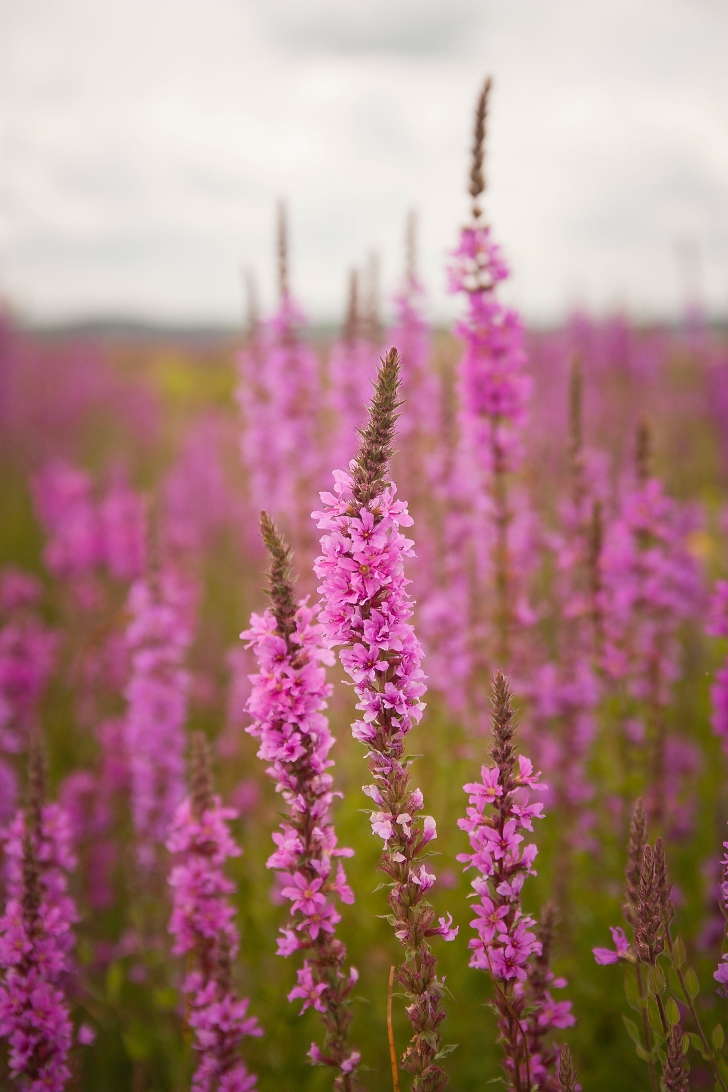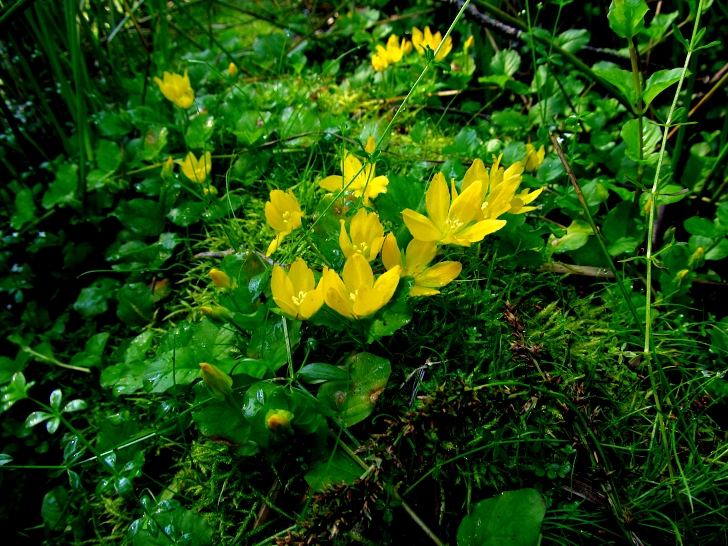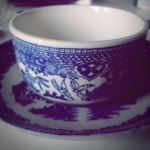Vibrant flowers with lush scents, climbers that fill in gaps in fencing, and romantic, creeping ivy add so much to our outdoor spaces. But, many commonly-grown garden plants are actually invasive species and you probably never even knew. Invasive species may or may not be fast-growing, but the one thing they all have in common is that -if left unchecked- they will eventually push out other plants that are native to the area, thereby changing local ecosystems. Here are some of the most beautiful invasive species that people are still planting every year.
Butterfly Bush
The honey-scented flowers of this leafy bush attract butterflies and other insects in the spring and summer. Many gardeners plant them in order to attract butterflies to the yard- much like hummingbird feeders allow us to get a glimpse of those tiny birds. But, butterfly bush is actually an invasive species and is prohibited in Washington state. The only exception to this are sterile cultivars– defined as having 2% seed rate or less. These less harmful types are sometimes found for sale for sale in nurseries for those who just can’t be without their beautiful butterflies.

Purple Loosestrife
These tall, water-loving plants produce brilliant stalks of purple flowers. Native to Eurasia, it is estimated that the plants arrived around 1800 in the US. However, they are considered invasive since they tend to cluster in wetlands and marshes, crowding out native species of plants in those delicate areas. It is prohibited in Washington state.

Japanese Honeysuckle
This gorgeous vine has flowers of yellow and cream that have a heady scent that embodies summer for many people. But, despite the prevalence of this plant, it’s actually invasive and will travel quickly from one area to another. This honeysuckle can easily travel up to 80 feet from where it was originally planted. Once this Asian variety of honeysuckle gets its grip in a forest area it can strangle trees and kill other plants by blocking sunlight with their dense vines.

Creeping Jenny
Creepy Jenny is good for ground cover and the yellow flowers are charming. However, it can spread quickly and is considered an invasive species in humid locations of the US. What makes this plant so pervasive is that it can thrive in either sun or shade- surviving various areas with ease.

Periwinkle
With the pleasing purple-blue flowers and waxy leaves, this crawling plant is a cheerful sight in many gardens and is used as ground cover. However, this plant can quickly take over an area- leaving native plants out in the cold. In particular, suburban and rural plantings of this flower can easily spread to forests and woodlands and become a pest plant there.

Chinese Wisteria
Though there are species of wisteria native to the US (Wisteria frutescens), they tend to have shorter and more squat bloom clusters. The Asian varieties are favored for their long, elegant blooms that taper to a fine point. The smell is also another reason many people plant them, as the watery scent is delicate and not overpowering. But, the vine can reach 15 inches across, strangling host plants while growing in a counter-clockwise pattern around posts, fences, pergolas, and trees.

California Poppy
California poppy is native to Northern California and parts of Oregon, but it’s not native to other parts of the US. This fast-growing flower can survive harsh conditions, making it a prolific plant. Despite the fact that they are considered invasive many nurseries across the country sell California poppy seeds. This species has made the official invasive species lists for Hawaii, Alaska and Tennessee.

English Ivy
Everyone knows that ivies are climbers, but English ivy can destroy buildings and forests with its fast growth and sticky secretions. This glue-like substance the vines emit adheres them to houses, rocks, and trees. And it can spread like wildfire in forests, where it travels up established tress- slowly killing them over a long period.














